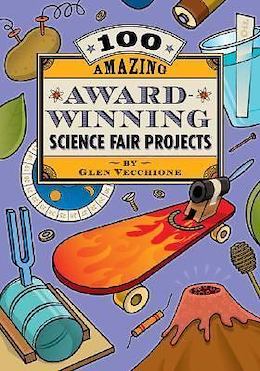
-----
Acidity and iron rusting
I am doing a science fair project for school and I just need some help on what information I could exactly find on it. Maybe I just don't understand my question, but this is the question: How does the acidity affect how iron rusts? Right now I just need to get resources and do a hypothesis, but I don't understand it enough to find resources on it.
Christina J.student - Longmont, Colorado, United States
2004
|
What grade are you and at what level of technical expertise should anyone answer you? Step one would be to read a number of similar letters on science fair projects to get a starting point. Pay particular attention to letter 26409. Some of Ted's replies will probably require reading a second or third time and referral to a science book. That letter author used different sources of acid which is not good as some of them chelate the iron and others do not. So, with proper equipment, proper safety items, start with distilled water, do one set of samples with tap water, and make additions of swimming pool acid(hydrochloric which is the same as muriatic) to given volumes of distilled water to get pH's of 6, 5, 4, and 3.You might go to 2 and 1, but this is getting quite strong, to the point of being unsafe for many people. Note that pH is logarithmic, so it will take 10 times as many drops of acid to go to the next lower pH as it did the one before. From 7 to 6 will only take a very few drops. Wide range pH paper is very crude, so if it says it is 4, it may be 3.8 to 4.3 or so. Use a pH meter if at all possible, the High Schools should have one and it needs to be calibrated before use. You also need to stir for 20 - 30 seconds before reading the meter. It does not reach equilibrium instantly. Since you indicate a minimum comprehension of the task in front of you, YOU should have some qualified supervision in working with your solutions. A digital camera will be a big help as you can have twice daily pictures for your display, rather than actual acid solutions. Again, read a lot of the other letters before you start. Come back if you have specific questions that you have made an honest effort to research the answer. James Watts- Navarre, Florida 2004
see 26409 below.  Trevor Crichton R&D practical scientist Chesham, Bucks, UK 2004 |
Q, A, or Comment on THIS thread -or- Start a NEW Thread

